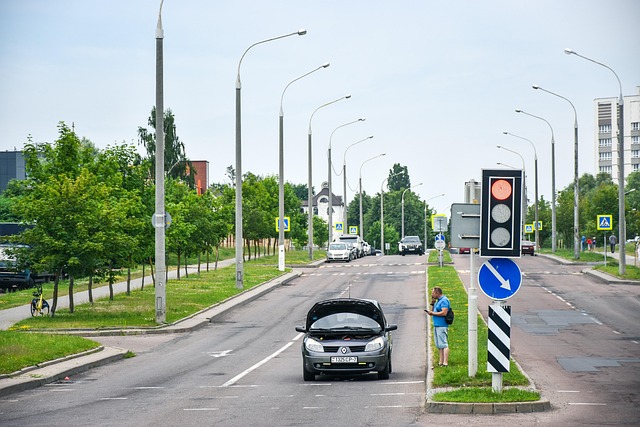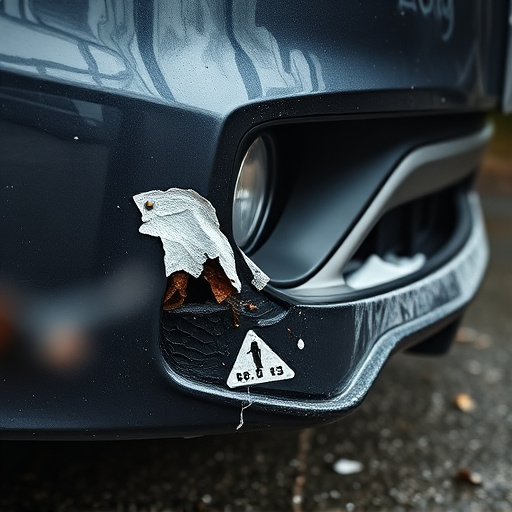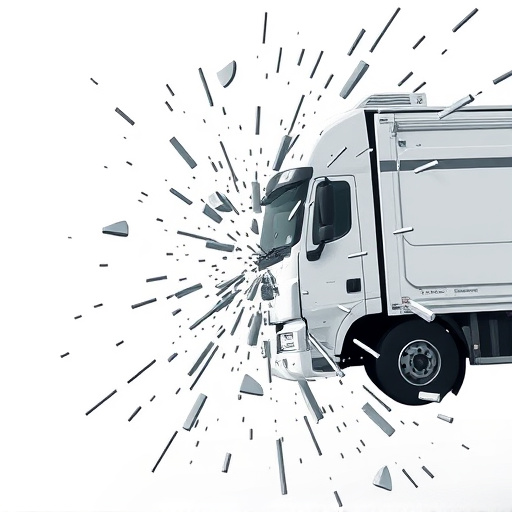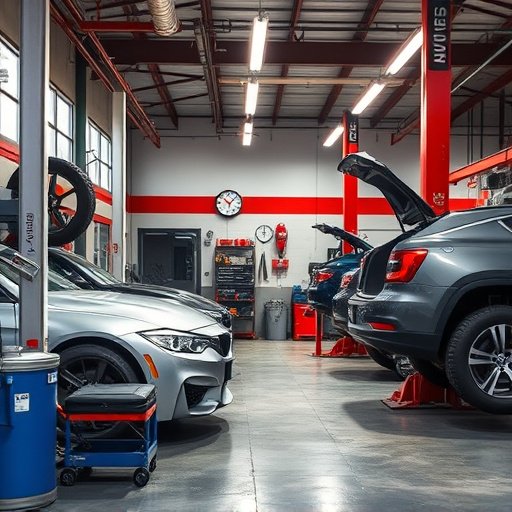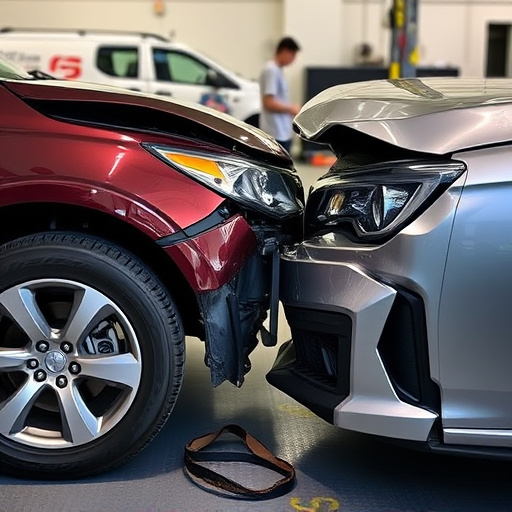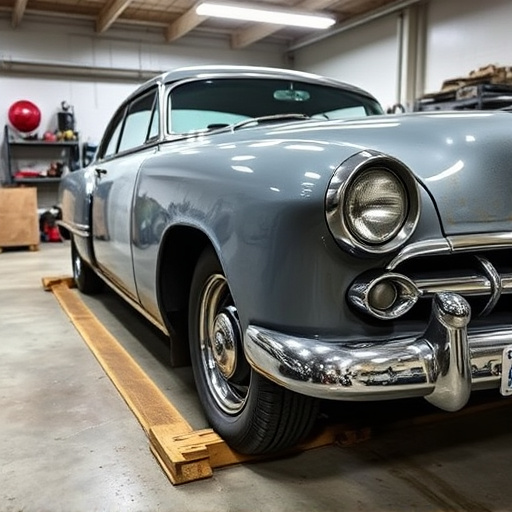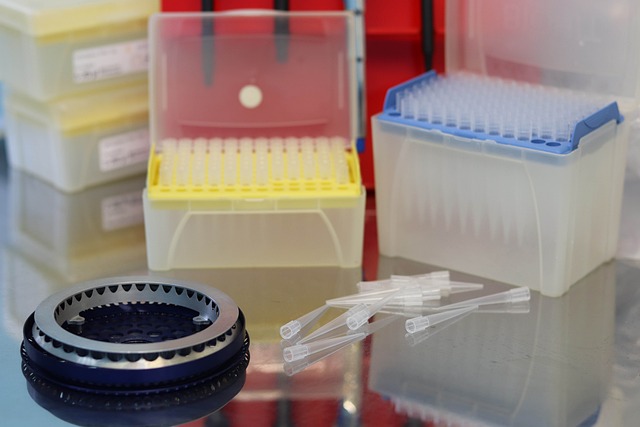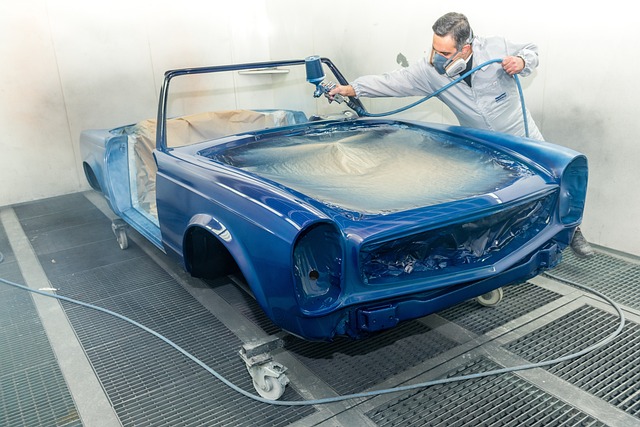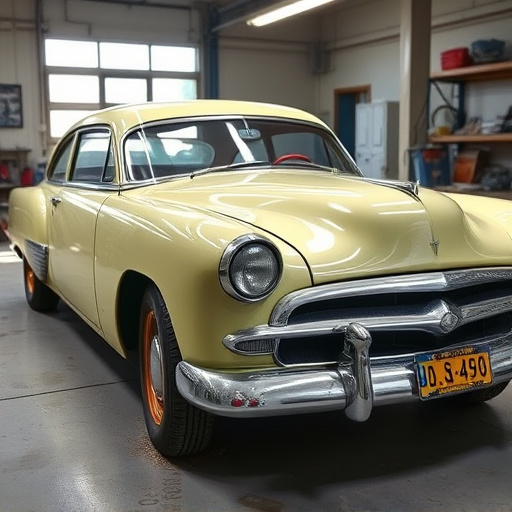Before attempting power window repair, identify common issues like motor malfunction or torn cables. Understand that wear and tear can cause slow operation and structural damage may require dent repair and auto body painting. Repair involves identifying broken parts (tracks, springs, motors) using specialized tools. Categorize failures as mechanical or electrical, diagnose accurately, and address with appropriate solutions, including wiring tracing or control module reprogramming. Reputable shops offer expert assistance for safe, smooth power window operation after repairs.
Discover how to tackle power window repair with our comprehensive guide. Learn to assess damage, identify common issues across vehicle models, and choose the right tools and parts. We break down the process step-by-step, ensuring safety first. From disassembling the mechanism to testing after repairs, master effective power window repair techniques. Equip yourself with knowledge to fix your windows like a pro, saving time and money.
- Assessing the Damage and Understanding Common Power Window Issues
- – Identifying broken components
- – Mechanical vs electrical failures
Assessing the Damage and Understanding Common Power Window Issues

Before diving into power window repair methods, it’s crucial to assess the damage and understand common issues plaguing these convenient features. Power windows, while seemingly simple in operation, can suffer from various problems, ranging from motor malfunction to torn cables or broken regulators. A thorough inspection is key; look for signs of wear and tear, such as slow-moving windows, intermittent operation, or windows that get stuck at certain points. These hints often point to issues with the motor, gear train, or electrical connections.
Understanding these common power window issues is essential for effective repair. For instance, a vehicle dent repair might be necessary if the impact from a collision has damaged the window frame or trim. In some cases, auto body painting could be part of the solution after a repair, ensuring the area around the power windows looks as good as new. Car collision repair techniques can help address structural damage that may have affected the proper functioning of power windows, ensuring they operate smoothly and safely once repaired.
– Identifying broken components

When undertaking power window repair, the first step is identifying the broken components. This involves a thorough inspection to determine which part of the system is malfunctioning. Common issues include damaged tracks, broken springs, or faulty motors. Autodyne body shops often use specialized tools and diagnostic software to pinpoint the exact problem area. For instance, if a window refuses to close completely, it could be due to stretched or broken springs, while a persistent rattling noise might indicate a misaligned track.
Understanding these components and their functions is crucial for effective power window repair. The tracks guide the window’s movement, while the springs provide the necessary force. Motors convert electrical signals into mechanical energy to elevate or lower the glass. An automotive body shop specializing in power window repairs will have the expertise and equipment needed to replace or fix these parts, ensuring smooth operation of your vehicle’s windows.
– Mechanical vs electrical failures

Power window repairs can be categorized into two main types: mechanical and electrical failures. Mechanical issues often manifest as problems with the physical components that enable the window to raise or lower, such as cables, pulleys, and cranks. These issues typically result from wear and tear, broken parts, or misalignment. On the other hand, electrical failures involve the power supply and control systems responsible for operating the windows. This can include faulty switches, damaged wires, or a compromised motor.
Identifying the root cause of the problem is crucial when undertaking any power window repair. While some mechanical issues may be addressed with simple adjustments or component replacements, electrical problems usually demand more sophisticated solutions, such as tracing wiring or reprogramming control modules. Visiting a reputable collision repair shop or engaging in paintless dent repair services for auto maintenance can provide expert assistance in diagnosing and rectifying these complex failures, ensuring your vehicle’s power windows function safely and smoothly once again.
In conclusion, effective power window repair involves a meticulous assessment of damage and understanding common issues, whether mechanical or electrical. By accurately identifying broken components, you can choose the appropriate repair method for a seamless restoration. Remember that prompt action not only enhances safety but also preserves the vehicle’s value. For DIY enthusiasts, a thorough understanding of these processes is key to successful power window repair.
